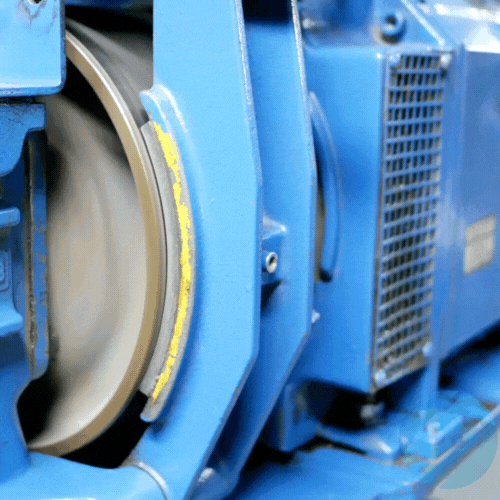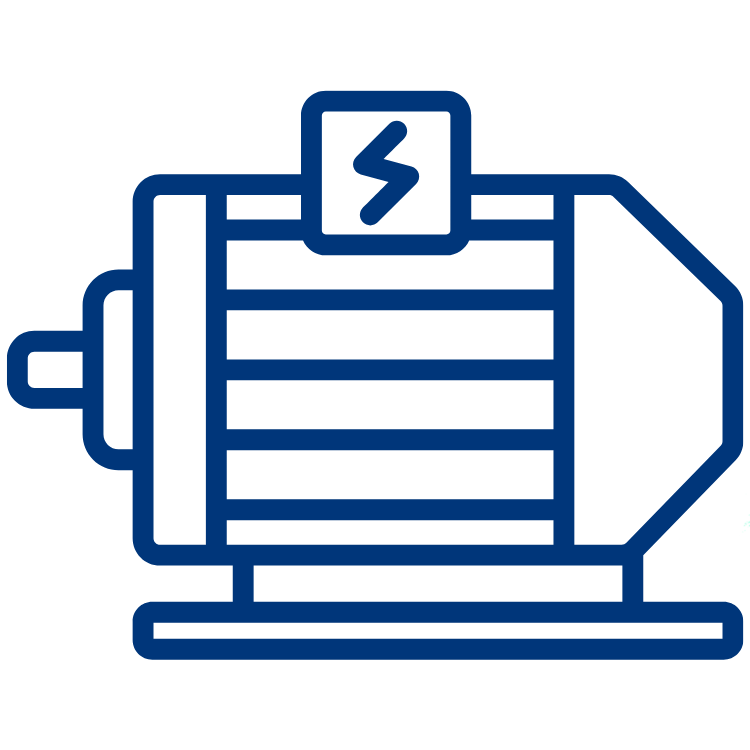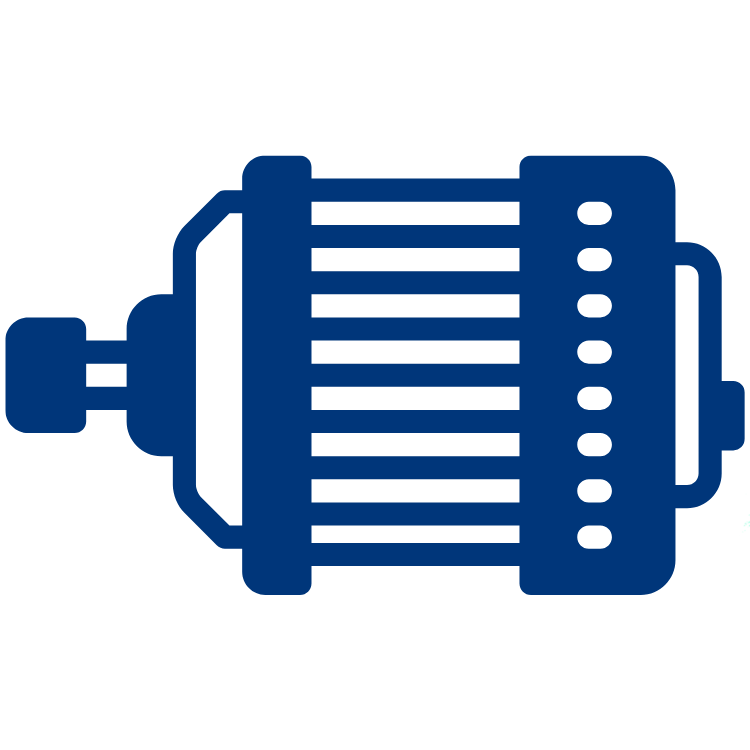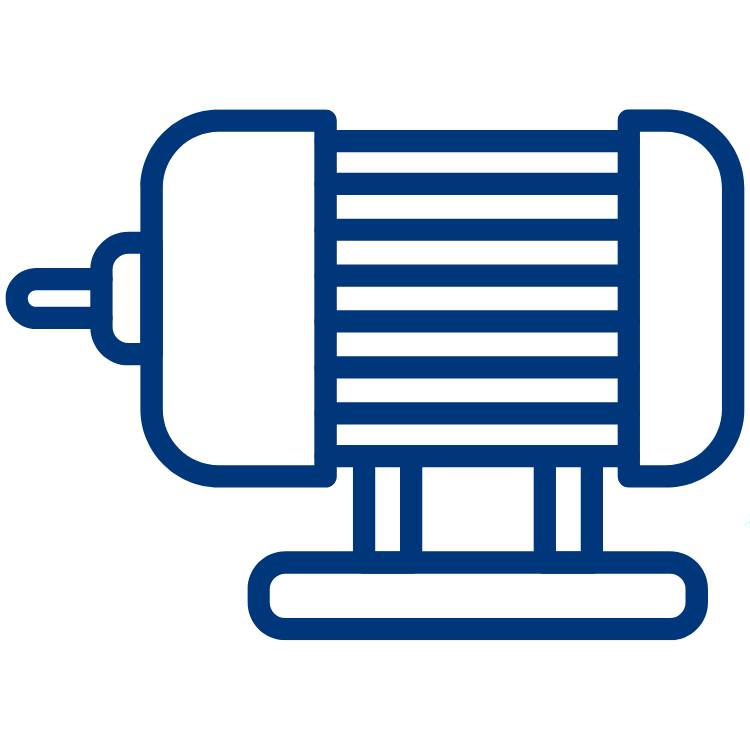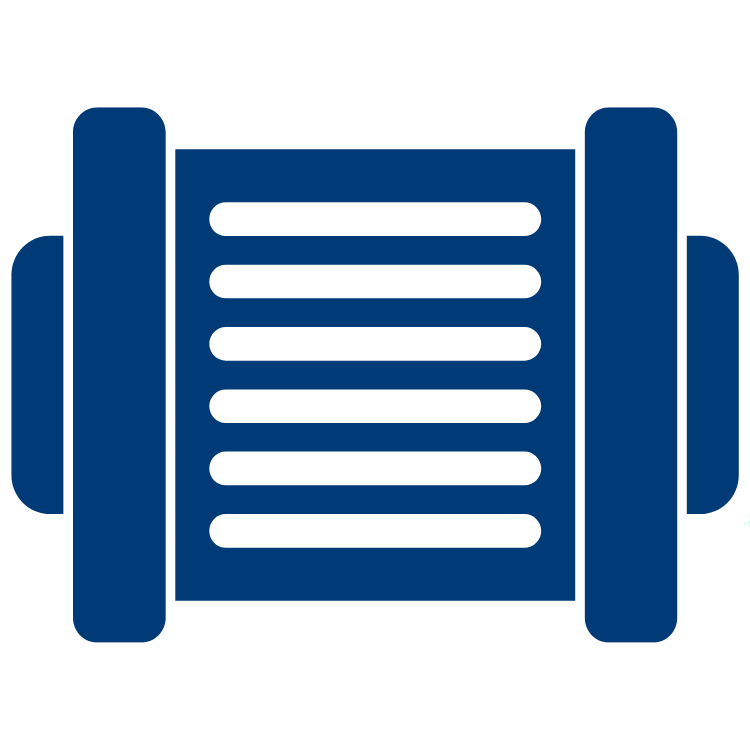Vertical Axis Wind Turbines (VAWTs) convert wind energy into mechanical energy through aerodynamic forces. The rotor spins due to the lift and drag forces created as wind flows over the blades. VAWTs can use different blade designs, such as the Darrieus (lift-based) and Savonius (drag-based). This rotational motion is transferred to a generator, where mechanical energy is converted into electrical energy.
The Darrieus turbine works through the application of aerodynamic lift. The wind flows over curved blades in the tower, generating low-pressure zones that make the rotor spin. At higher wind speeds, lift-driven motion is more efficient. On the other hand, the Savonius turbine harnesses drag forces, so the rotor spins as a result of the wind pushing against scooped blades. It’s simpler and more suitable for low wind conditions; however, Savonius turbines are less efficient than Darrieus turbines.
Vertical Axis Wind Turbines (VAWTs) have several advantages, including the ability to capture wind from any direction, eliminating the need for a yawing system. Their compact design makes them suitable for urban or residential areas where space is restricted. Also, because the generator is at ground level, they are usually easy to install and maintain. VAWTs are more efficient in low to moderate wind situations, quieter, and safer for wildlife. However, VAWTs have specific disadvantages, such as lower efficiency than Horizontal Axis Wind Turbines (HAWTs) at higher wind speeds due to mechanical losses, and due to their lower tip speed ratio and power output, they frequently need an initial push to get started. In certain designs, component degradation leads to challenges. Finally, VAWTs are vulnerable to vibrations caused by turbulent airflow near the ground.
